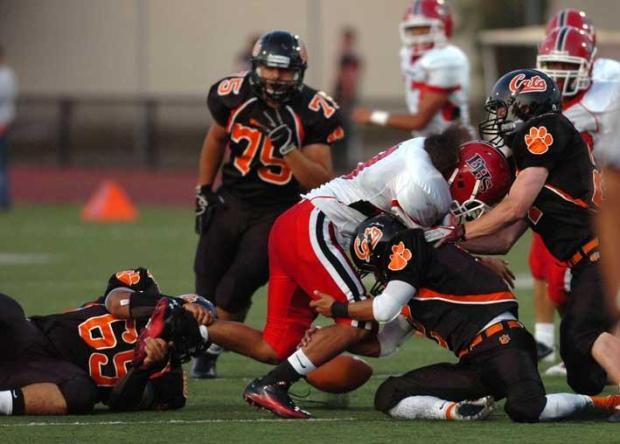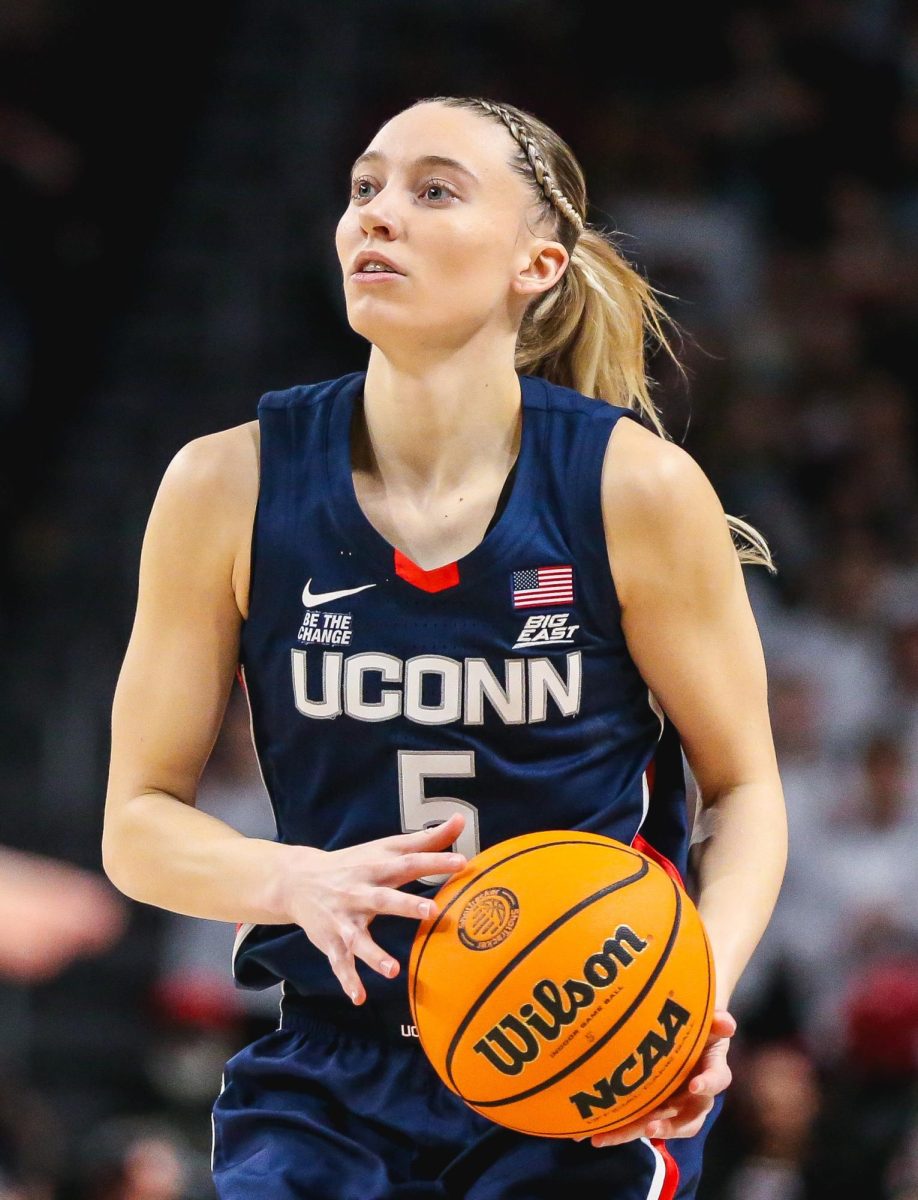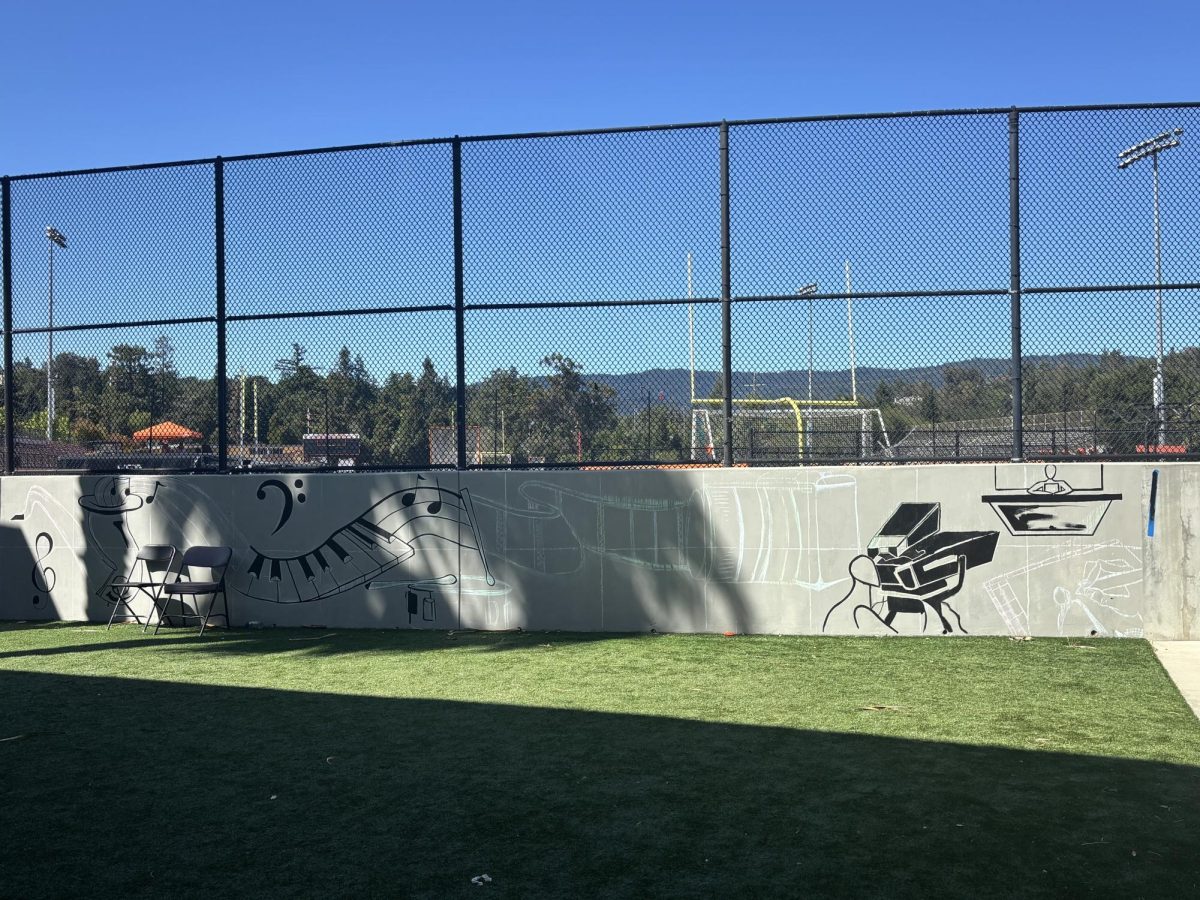This season, Woodside’s football team has lost a number of players due to concussions. Brain injuries have been around since the inception of football; despite improvements in safety, they remain prevalent.
A concussion is caused by any kind of hit to the body or head causes the brain to move rapidly back and forth. This bouncing or twisting motion creates chemical changes that stretch and damage brain cells. According to the Mayo Clinic, common symptoms include headache, confusion, lack of coordination, memory loss, nausea, vomiting, dizziness, ringing in the ears, sleepiness, and excessive fatigue.
“I don’t know the number off the top of my head, but I am under the impression that compared to previous seasons, [the football team has] had a few more [concussions] than typical,” Justin Andrews, the head coach of the Varsity football team, commented.
Concussions are prominent in football due to tackling, blocking, and other forms of contact between players. These injuries are detrimental to not only the affected players’ health but also the health of the rest of the team.
“As players get hurt, it forces other players to play way more,” explained Andrews. “Since there is less of rotation of players, other players are forced to play more, leaving them a greater risk for a concussion.”
Nowadays, football is safer because of the equipment’s technological advances. The fields are made to absorb more of the impact on the ground, and helmets have more pads on the inside to protect the head.
“A lot of the concussions that in the past would have gone undiagnosed are getting caught now,” said Andrews. “It could be that the actual rate of concussions has gone up, or we are doing a much better job of catching the ones that we didn’t notice before.”
More minor concussions are detected, allowing players to be treated before their condition gets worse. Still, Andrews notes that concussions remain an inevitable part of football.
“We changed how we practice, and we changed how we coach up the kids about the technique, and I think it has done a lot of good things to reduce the number as a whole,” Andrews said. “There are ways to reduce [concussions], but there’s no way to eliminate them outside of fundamentally changing the elements of football.”











